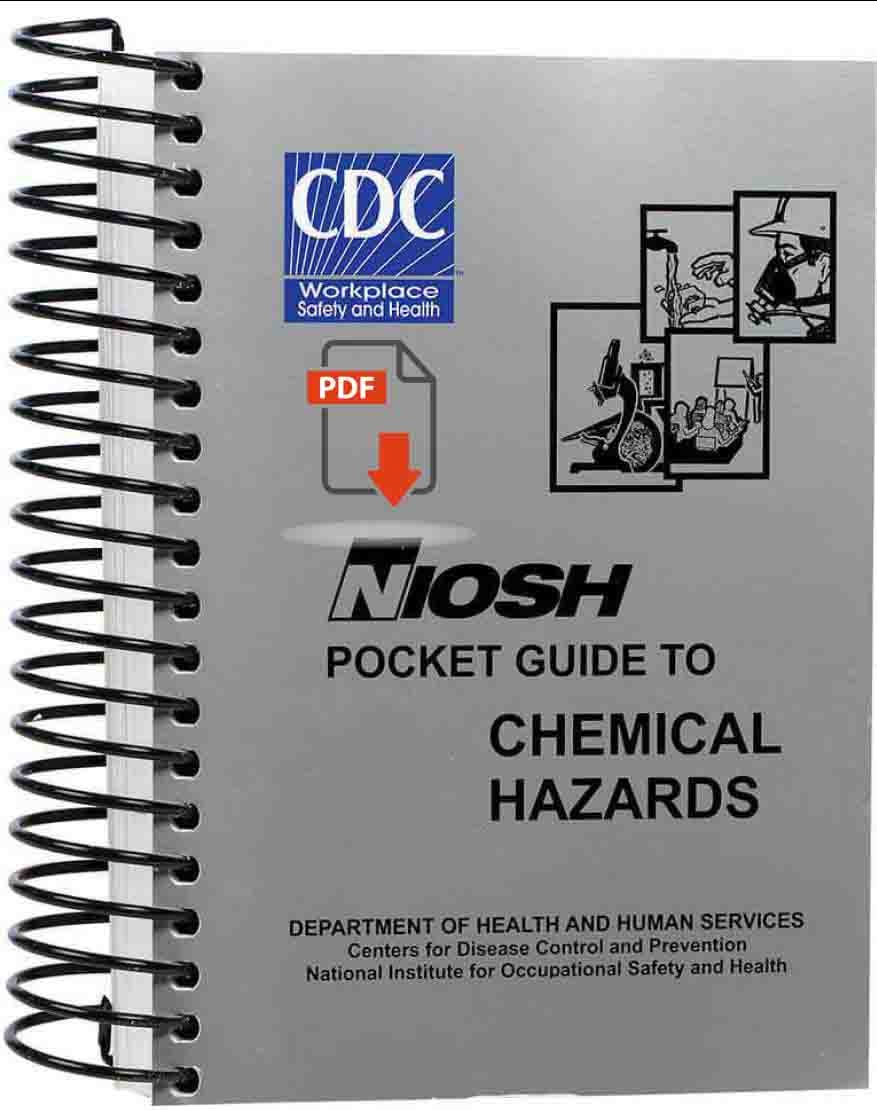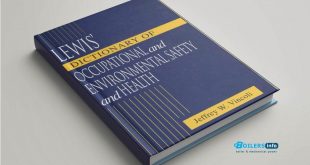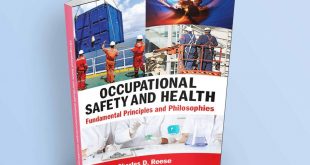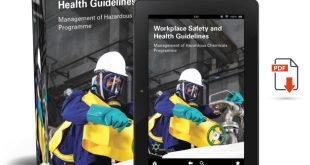NIOSH Pocket Guide to Chemical Hazards
Introduction
Chemical hazards are a major concern in industrial settings, laboratories, and even everyday life. Understanding these hazards is crucial for ensuring safety and preventing accidents. As a chemical engineer, I have witnessed the importance of proper handling, storage, and disposal of chemicals. This guide will help you understand different types of chemical hazards, their risks, and best practices for mitigating them.

Types of Chemical Hazards
Chemical hazards can be classified into several categories based on their physical and chemical properties:
- Flammable Chemicals – These substances can easily catch fire when exposed to heat, sparks, or open flames. Examples include gasoline, acetone, and alcohols. Proper ventilation, fire-resistant storage, and avoiding ignition sources are essential precautions.
- Toxic Chemicals – Toxic substances can cause harm through inhalation, skin contact, or ingestion. Examples include chlorine gas, formaldehyde, and mercury. Using personal protective equipment (PPE) and proper ventilation is critical for handling such substances.
- Corrosive Chemicals – These chemicals can damage living tissues, metals, and other materials. Strong acids (sulfuric acid, hydrochloric acid) and bases (sodium hydroxide, ammonia) are common examples. Protective gloves, goggles, and fume hoods should be used when working with corrosives.
- Reactive Chemicals – Some chemicals react violently when exposed to air, water, or other substances. Examples include sodium metal, peroxides, and explosives. Storing reactive chemicals separately and following proper handling procedures can prevent dangerous reactions.
- Carcinogenic Chemicals – Some chemicals, such as benzene, asbestos, and certain pesticides, have been linked to cancer. Long-term exposure should be minimized through engineering controls and protective measures.
Risk Assessment and Safety Measures
To prevent chemical hazards, follow these key safety practices:
- Labeling and Storage: All chemicals should be properly labeled with hazard information and stored according to compatibility guidelines.
- Ventilation: Proper air circulation prevents the accumulation of toxic fumes and flammable vapors.
- Personal Protective Equipment (PPE): Gloves, goggles, lab coats, and respirators should be used as required.
- Spill Response and Emergency Preparedness: Have spill containment kits, eyewash stations, and emergency showers available. Employees should be trained in emergency response procedures.
- Material Safety Data Sheets (MSDS): Always refer to MSDS for information on chemical properties, hazards, and first aid measures.
Conclusion and Book Download
Chemical hazards are an inherent part of working with industrial and laboratory chemicals. However, with proper knowledge, safety protocols, and risk assessment, these hazards can be effectively managed. As chemical engineers, our responsibility is to ensure safety through training, hazard identification, and the implementation of best practices. By doing so, we create a safer working environment for everyone.
 Boilersinfo Boiler and Mechanical Power Digital Library
Boilersinfo Boiler and Mechanical Power Digital Library





